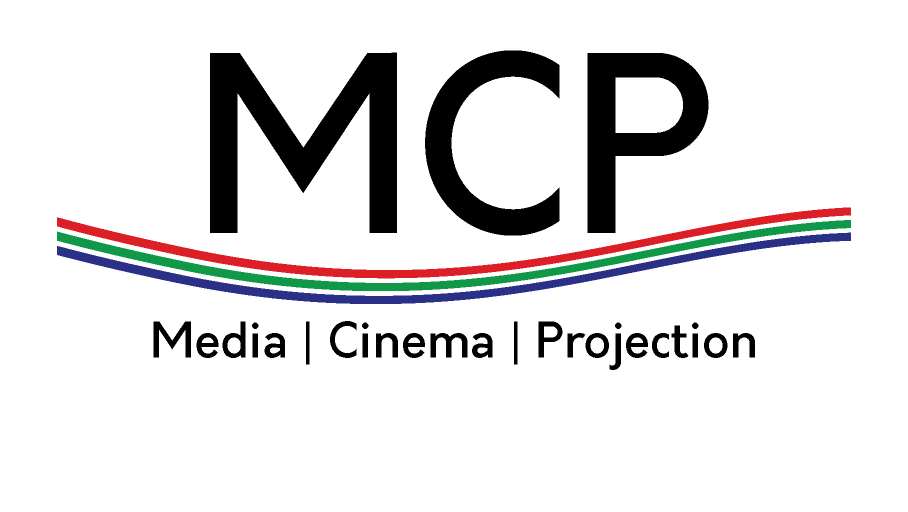
Tim Potter of Sony 4K Digital Cinema surveys Turkey’s vibrant movie exhibition industry, where new screens are opening at a spectacular rate. And while many European audiences are still putting up with low-resolution pictures from older projectors, Turkish cinemas are giving the best possible experience with detail-packed 4K projection.
Turkey’s cinema exhibition business is in impressive health right now, with more than 2,000 screens generating over 40 million ticket sales in 2015. It’s clearly a great time for Turkish cinemagoers. With consumer confidence riding high, new theatres are opening at an unprecedented rate. Hungry for better entertainment experiences, customers are packing auditoriums in big-screen multiplexes and smaller boutique cinemas.
One illustration of this optimistic economic mood is Mars Cinema Group. The forward-looking operator is currently fitting ten Cinemaximum theatres at sites from Ankara to Van, Mardin and Izmir with over 80 Sony 4K digital projection systems.
“We’re offering the best cinema experience in all corners of Turkey” explains Mars Cinema CEO Kurt Rieder. “And as we grow, our need for new projectors has grown. Combined with low ownership costs, Sony 4K gives our guests the picture quality they deserve.”
There’s a huge influx of enthusiastic patrons with money to spend. And theatre owners are responding enthusiastically with a premium, value-added product that there’s plenty of demand for. Super-sized screens and premium surround sound deliver a truly immersive entertainment experience that a night in front of the DVD player at home can’t begin to replicate. The tired cinema staples of popcorn and watery cola are being replaced by upscale food and drink options. With plush seating and attentive service, it all brings movie-going closer to the experience of flying business class or visiting a chic bar for cocktails with friends.
So why is Turkey’s cinema market outstripping its European neighbours?, Virtually all screen openings are at brand new sites, typically in urban areas, which is in contrast to the more mature Western European market where cinemas are now decades old.
Many European screens went digital almost a decade ago, using early projectors based on more primitive DLP technology. These projectors are becoming increasingly unreliable, inefficient and expensive to run. They’re also power-hungry compared with today’s technology, while spare parts are getting harder to source. But the real problem is that Europe’s elderly first-generation DLP projectors are only 2K resolution – scarcely better than your High Definition TV at home.
Every one of 18,000 Sony cinema projectors worldwide offers amazing 4K resolution. With four times the pixel count of 2K it’s a revelation for viewing audiences, much like the switch from Standard Definition to Hi-Def broadcasts over a decade ago. Just as importantly, our 4K projectors create richly coloured, high contrast images with bright, eye-popping highlights and deep, dark blacks. Compared with the flat, washed-out images from older 2K cinema projectors it’s a revelation.
 poorer picture quality and unreliability of older hardware. Theatres can future-proof right now, with 4K projection guaranteeing the best possible picture quality for years to come.
poorer picture quality and unreliability of older hardware. Theatres can future-proof right now, with 4K projection guaranteeing the best possible picture quality for years to come.And that’s exactly the strategy being adopted by leading Turkish operators like CINEMApink. The prestigious chain has steered away from inferior 2K systems, equipping all of its screens at fifteen sites with over 100 Sony projectors. “We’re very excited about installing Sony 4K” says CINEMApink CEO Selim Yavuzoglu. “Our customers can get the very best experience with crystal clear picture quality and immersive sound” – all part of the operator’s mission to make every seat a VIP seat.
 Projection in 4K makes movies look better. More film-makers are recognising this by delivering their productions as a 4K DCP – the ‘digital print’ that’s sent to theatres on a hard drive or by satellite link. This replaces the bulky reels of 35mm celluloid film that are in decline. 4K is also an increasingly popular artistic choice for movie-makers: director Nuri Bilge Ceylan was winner of the Cannes Palme d’Or in 2014 for ‘Winter Sleep’, shot by Gökhan Tiryaki using Sony 4K cameras.
Projection in 4K makes movies look better. More film-makers are recognising this by delivering their productions as a 4K DCP – the ‘digital print’ that’s sent to theatres on a hard drive or by satellite link. This replaces the bulky reels of 35mm celluloid film that are in decline. 4K is also an increasingly popular artistic choice for movie-makers: director Nuri Bilge Ceylan was winner of the Cannes Palme d’Or in 2014 for ‘Winter Sleep’, shot by Gökhan Tiryaki using Sony 4K cameras.


